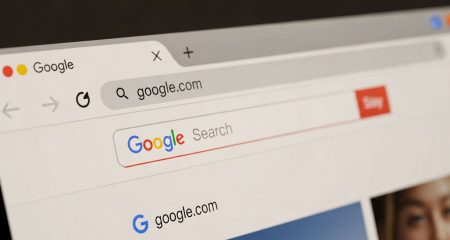
By Craig Wilson
Finland’s Nokia wants us to believe it’s set to stage an Apple-sized comeback with its newly announced range of Asha feature phones and Lumia smartphones. That won’t be easy. But what it has done is take the first vital step: it’s started executing on a plan to win back the hearts and minds of consumers.
Nokia CEO Stephen Elop has made several big decisions since he took the helm at the company in September last year. Analysts appear to agree for the most part that his decisions have been good.
MeeGo has been abandoned in favour of Microsoft’s Windows Phone, a move that should position Nokia to capitalise on the software maker’s enormous business user base. And over the next five years the company plans to phase out its Symbian operating system that powers many of its feature phones. Instead, it’s focusing on S40 as the replacement for lower-end devices.
In what is clearly an attempt to win over BlackBerry users and telecommunications operators, Nokia claims the Web browser it has developed for S40 can compress data by up to 90%.
This makes the new Asha range of devices all the more likely to succeed in both developed markets where demands on networks are a concern and in emerging markets where data costs are still relatively high.
Julien Theys, senior analyst for mobile at Screendigest, reckons Nokia clearly wants to eat into BlackBerry’s market share, both from above by means of its Lumia Windows Phone devices and from below with the new Asha S40 range.
He says better Office integration with Windows Phone, combined with Microsoft’s deep penetration of the enterprise market, could result in Microsoft pushing the devices to business customers during their next update cycle.
Nokia’s new devices are impressive in terms of hardware. Reviews of the N9, on which the new Lumia 800 is based, have been almost universally favourable.
Nokia intends spending a fortune promoting its new phones and the advertisements for the Lumia and Asha phones show it’s trying hard to reinvent itself as a youthful brand in touch with “consumer cool”.
The problem is the public, and particularly those under 30, are increasingly able to detect the faintest whiff of corporate desperation. By trying so hard to look hip, Nokia risks looking desperate instead. The company needs its devices to be so good people enthuse about them without solicitation of any sort.
Nevertheless, from what Nokia demonstrated last week, the combination of its hardware expertise and Microsoft’s software means it could give Google’s Android and Apple’s iOS a run for their money. The Finnish company has long been a purveyor of quality hardware but most users don’t buy hardware, they buy a user experience.
Nokia’s Windows Phone interface discards the icon-based favoured by Apple, instead opting for “live tiles” — blocks that provide access to applications while displaying dynamic content, much like the widgets found on Android devices, meaning less need to dig into apps to enjoy their functionality.
Whether Microsoft’s approach will succeed in the long term is, of course, open to speculation. There’s still a lack of apps for Windows Phone when compared to what’s available for iOS and Android. For many consumers at the high end of the market, the lack of apps could be an obstacle to them choosing a Windows Phone device. But Nokia and Microsoft are working furiously to woo developers and expand the ecosystem.
Still, Nokia made some bold statements this week and hinted at the direction it plans to take in the years ahead. What Nokia unveiled this week is only the first step in a plan to win back market share it’s lost in smartphones in recent years.
The Nokia/Microsoft partnership is a potent one that can’t be discounted. It’s easy to forget that Nokia once dominated the handset market and it’s naive to think consumers have forever turned their back on the company.
Nokia didn’t change the game last week, but it at least showed it’s back in it and ready to fight.
- Craig Wilson is senior journalist at TechCentral
- Subscribe to our free daily newsletter
- Follow us on Twitter or on Facebook
- Visit our sister website, SportsCentral (still in beta)




